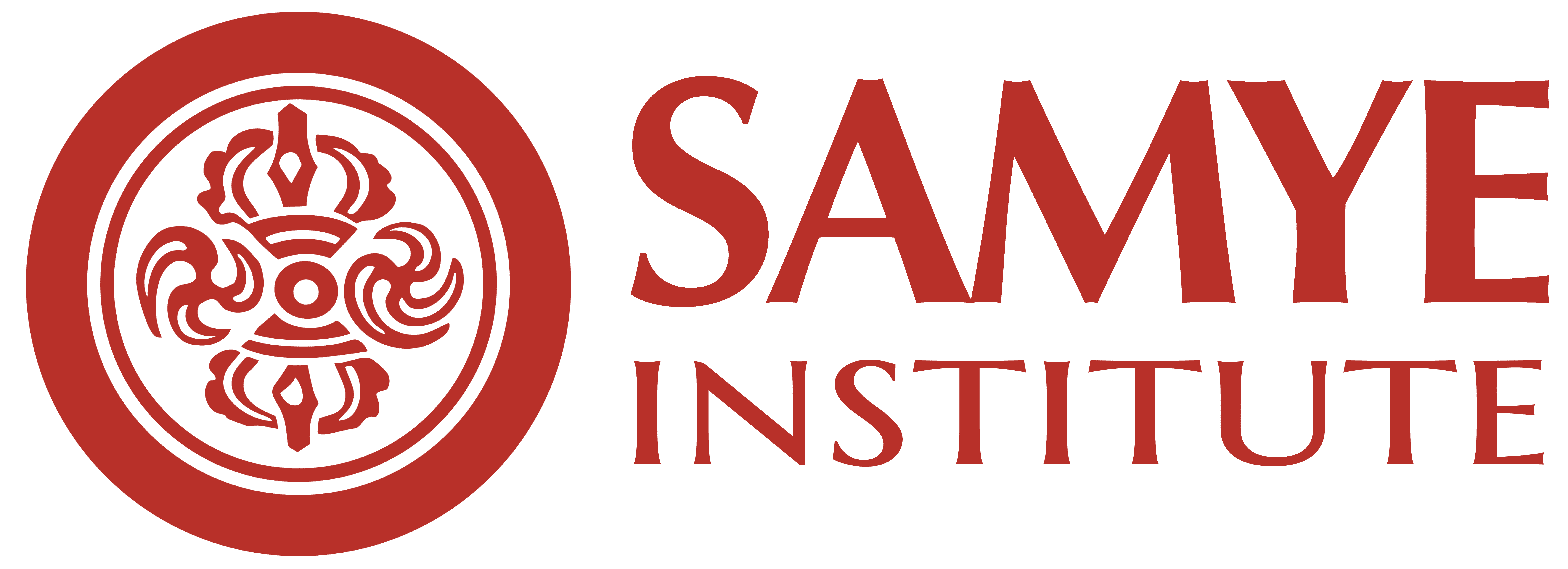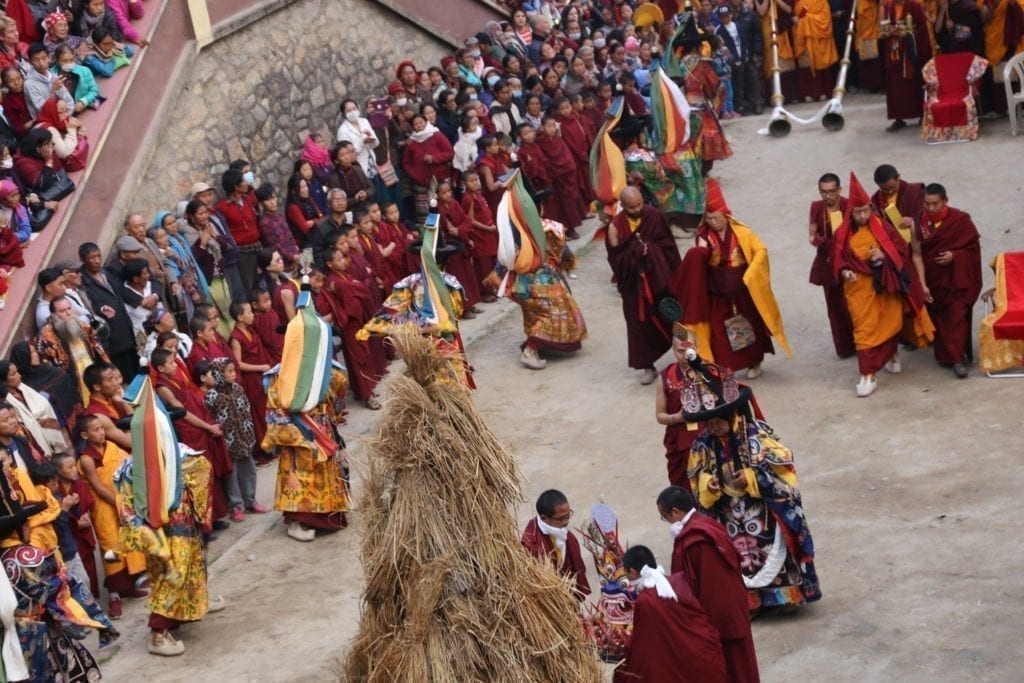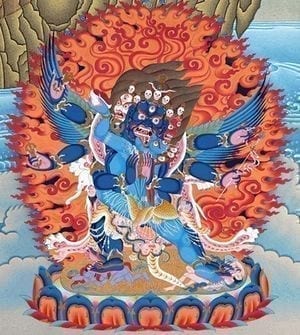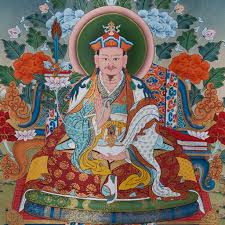The Vajrakīlaya Gutor Pūjā will be celebrated from February 16-22, 2020.
Vajrakīlaya (Tibetan: Dorjé Phurba) is the embodiment of the powerful compassion of all buddhas. Moreover,Vajrakīlaya, the wrathful transformation of the deity Vajrasattva, is the most powerful heruka for dispelling obstacles. As one of the eight Kagyé (Eight Great Sadhana Teachings) deities,he embodies the buddhas’ enlightened activity. Moreover, he destroys the forces hostile to compassion and purifies the spiritual pollution so prevalent in this age.
The Vajrakīlaya text belonging to the Chokling Tersar (New Treasures of Chokgyur Lingpa) is one of the major cycles of this powerful deity. Indeed, the Karmapas and major illuminaries of all four traditions of Tibetan Buddhism uphold and practice this teaching.
As we prepare to usher in the Tibetan New Year (Losar) at Ka-Nying Shedrub Ling monastery, Chokyi Nyima Rinpoche, Vajra Master, Phakchok Rinpoche, and Tulku Urgyen Yangsi Rinpoche will preside over this intensive ceremony. Lamas, monks, nuns and male and female lay practitioners will perform the wrathful yidam practice of Vajrakīlaya for five days. The practice involves extensive mantra recitation and visualization, all accompanied by drums and horns to create a particularly powerful atmosphere.
‘Cham: Lama Dances
On February 3rd, the Protector’s Day of the 12th Tibetan month, thousands of spectators will fill the courtyards to enjoy the monastery’s popular annual lama dances (’cham). And throughout the day, they can witness a series of choreographed dances which take place in the monastery’s upper front courtyard. These include a number of different ritual depictions of well-known stories from Tibetan religious history. With great enthusiasm and joy, the crowds await the twenty-five or more Sha-Nak (Black Hat) dancers. These dancers wear heavy brocade costumes featuring wide-sleeved robes and ornate three-foot headpieces with wide brims. As they whirl in slow, graceful movements, accompanied by horns, cymbals, and drums, these dancers emerge from the temple and entrance spectators with their meditation in movement.
On the final day, the lamas ritually burn an effigy and torma (Skt. balingta) in a hay stack. Here, the fire both cleanses and creates a fresh and auspicious beginning for the new year. On another level, these intricately constructed figures represent the self-cherishing of all sentient beings. Finally, we are also symbolically burning away all the negative patterns we have created in the previous year. When monks hurl these effigies into the wisdom fire, the lamas then throw in different types of ritual implements. These symbolize overcoming ignorance by means of the weapons of enlightened wisdom.









